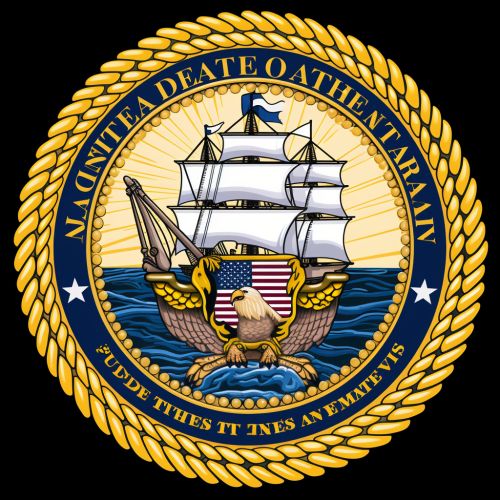Department of the Navy
Overview
The Department of the Navy (DoN) is a branch of the Department of Defense (DoD) that is responsible for the naval warfare service branch, the U.S. Navy, and the U.S. Marine Corps. It was established by an Act of Congress on April 30, 1798, to provide administrative, policy, planning, and fiscal support to these services.


History
The Department of the Navy was established in response to the need for a single entity to oversee the naval functions of the United States. Prior to its establishment, naval affairs were managed by the Department of War. The creation of the Department of the Navy marked a significant development in the evolution of the U.S. military structure and policy.
Structure
The Department of the Navy is headed by the Secretary of the Navy, who is appointed by the President and confirmed by the Senate. The Secretary is responsible for the overall policies and direction of the Department and reports directly to the Secretary of Defense. Under the Secretary of the Navy are the Under Secretary, the four Assistant Secretaries, the General Counsel, and the Chief of Naval Operations and the Commandant of the Marine Corps.
Functions
The Department of the Navy has several key functions. These include the recruitment, organization, training, equipping, and mobilization of naval forces; the development of aircraft, weapons, tactics, technique, organization, and equipment of naval combat and service elements; and the maintenance and operation of naval installations, facilities, and services.
Budget
The Department of the Navy's budget is part of the overall Department of Defense budget. The budget provides for the maintenance of the Navy and Marine Corps, including pay and allowances for personnel, procurement of equipment and weapons, research and development, and operation and maintenance of ships, aircraft, and facilities.
